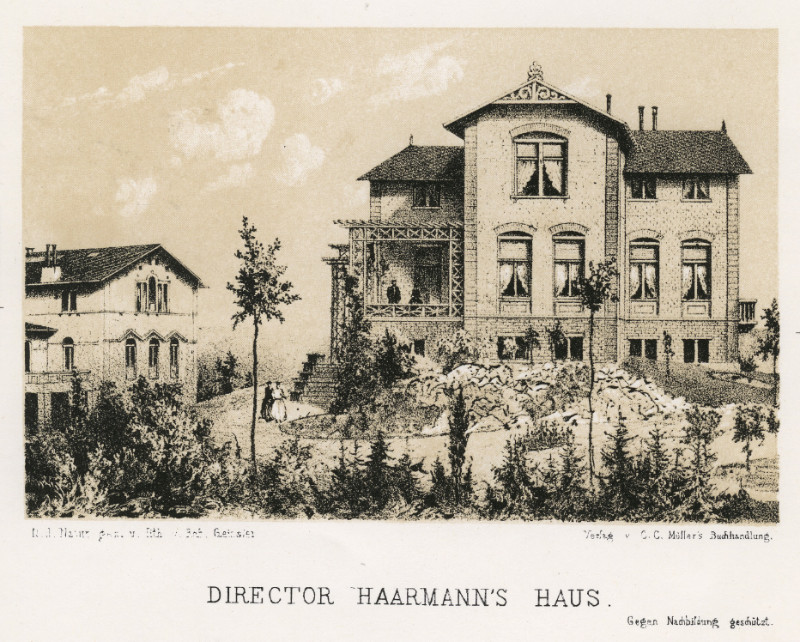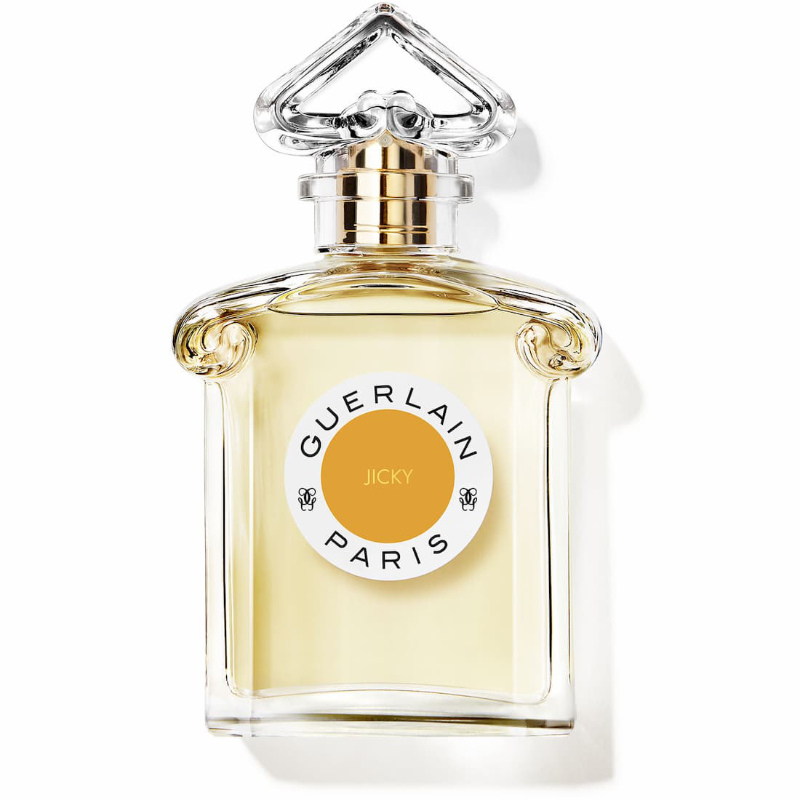Kubel had obtained the product from Theodor Hartig, a professor of forestry at Collegium Carolinum, who had discovered a crystallizing substance in the cambial sap of larch trees in 1861, later named coniferin. The cambial sap is “the fluid obtained when trees are felled and debarked during the time of wood formation, and the remaining cambium on the surface of the wood is scraped off using glass shards and the scraped mass is squeezed off.”
In 1866, Kubel had examined the substance and found that coniferin is a glucoside with a melting point of 185°C, which turned brownish and emitted a peculiar caramel odor at higher temperatures, eventually charring. He used dilute sulfuric acid to hydrolyze it and obtained a resinous substance that he couldn’t identify but noticed the vanilla scent during this reaction. He analyzed coniferin and determined its composition.
For his doctoral thesis, Haarmann obtained cambial sap from tree trunks of coniferous trees that had been felled during wood formation from May to July, resulting in 20 grams of coniferin. He repeated Kubel’s experiments. Due to the limited amount, he could only conduct a few experiments. Haarmann burned the substance and obtained the same result as Kubel. He then hydrolyzed the coniferin by heating with dilute sulfuric acid and obtained, in addition to glucose, a substance that Kubel had already named coniferetin, now referred to as coniferyl alcohol.



